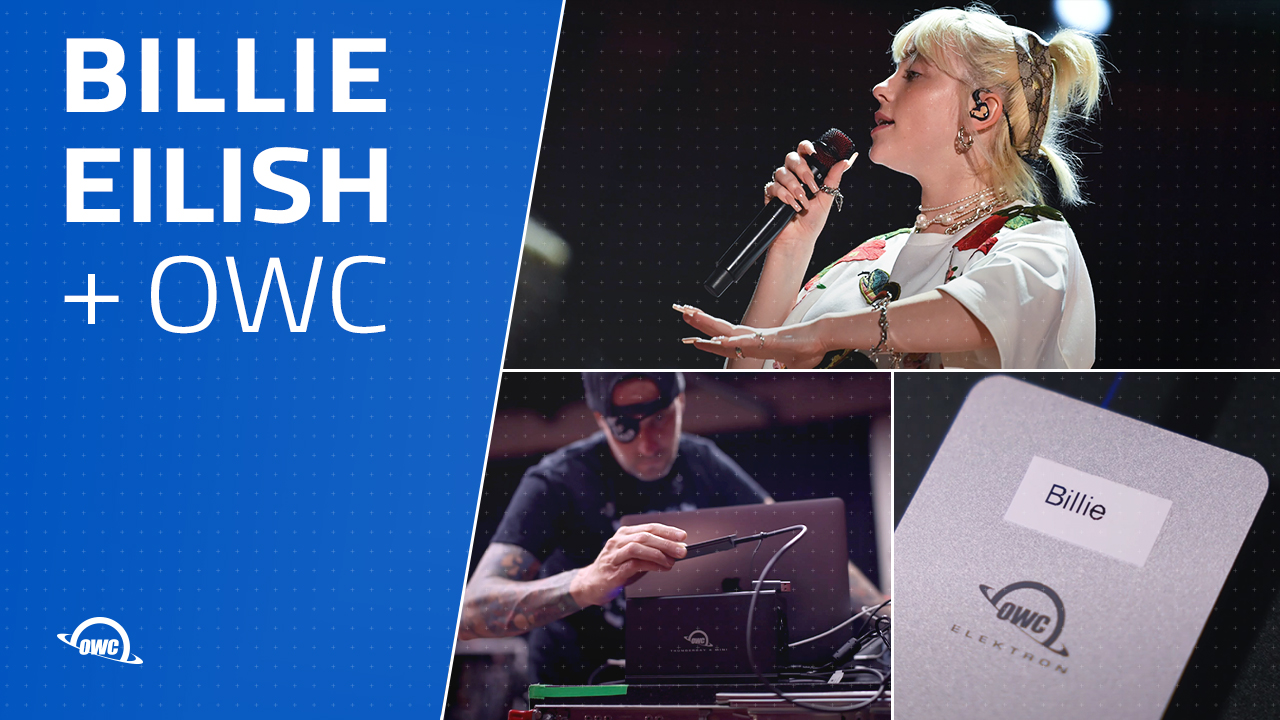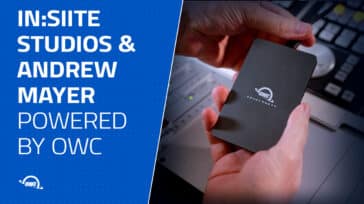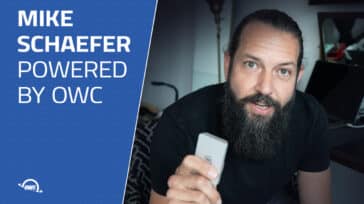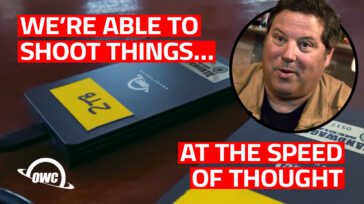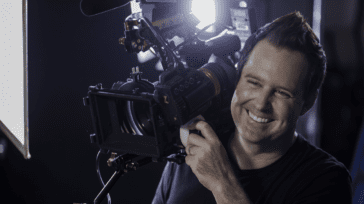Billie Eilish’s stage team is responsible for every note and beat that goes into each of her magnum opus-level live performances. But how do the crew behind the scenes coordinate all of the action on stage? Music Director Aron Forbes and Music Technician Trevor Jackson share their experiences building the latest Billie Eilish tour.
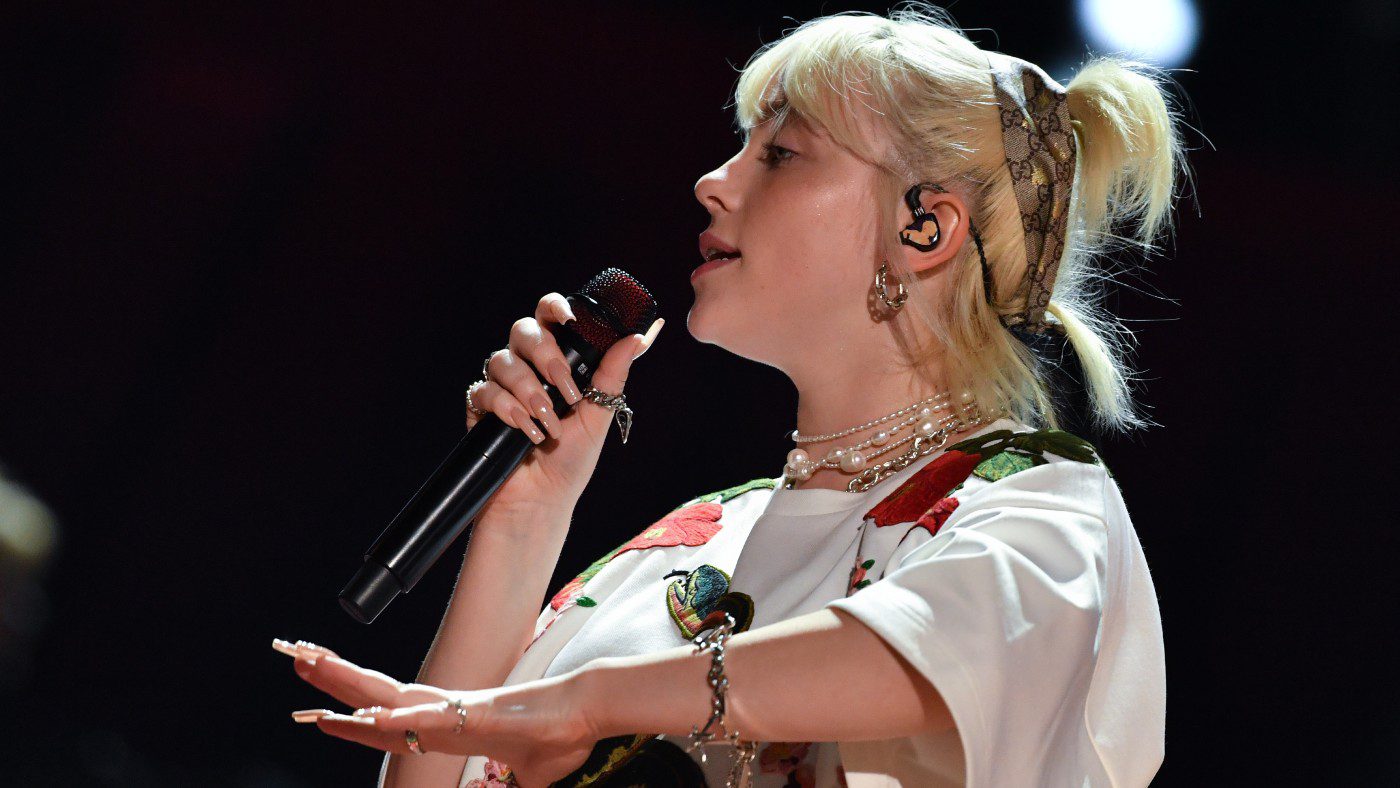
What does a Music Director do?
Aron Forbes knows how to lock tracks in the studio, and he’s taking that magic on the road. As Billie Eilish’s Music Director, it is his responsibility to ensure that the music translates from studio to the stage. He also works with monster pop music acts like Olivia Rodrigo, Banks, Gryffin, Donna Missal, and more. Aron is also a touring musician, having spent years on the road as a guitarist.
A Music Director’s role is to ensure that the live performance is as excellent as possible. From coordinating all the artistry and technical roles, advising on industry best practices, and finding talent, a Music Director coordinates every stage element so that the artist can feel comfortable and focus on delivering and excellent performance. “Almost anything can fit under the umbrella of Music Director,” Aron says.
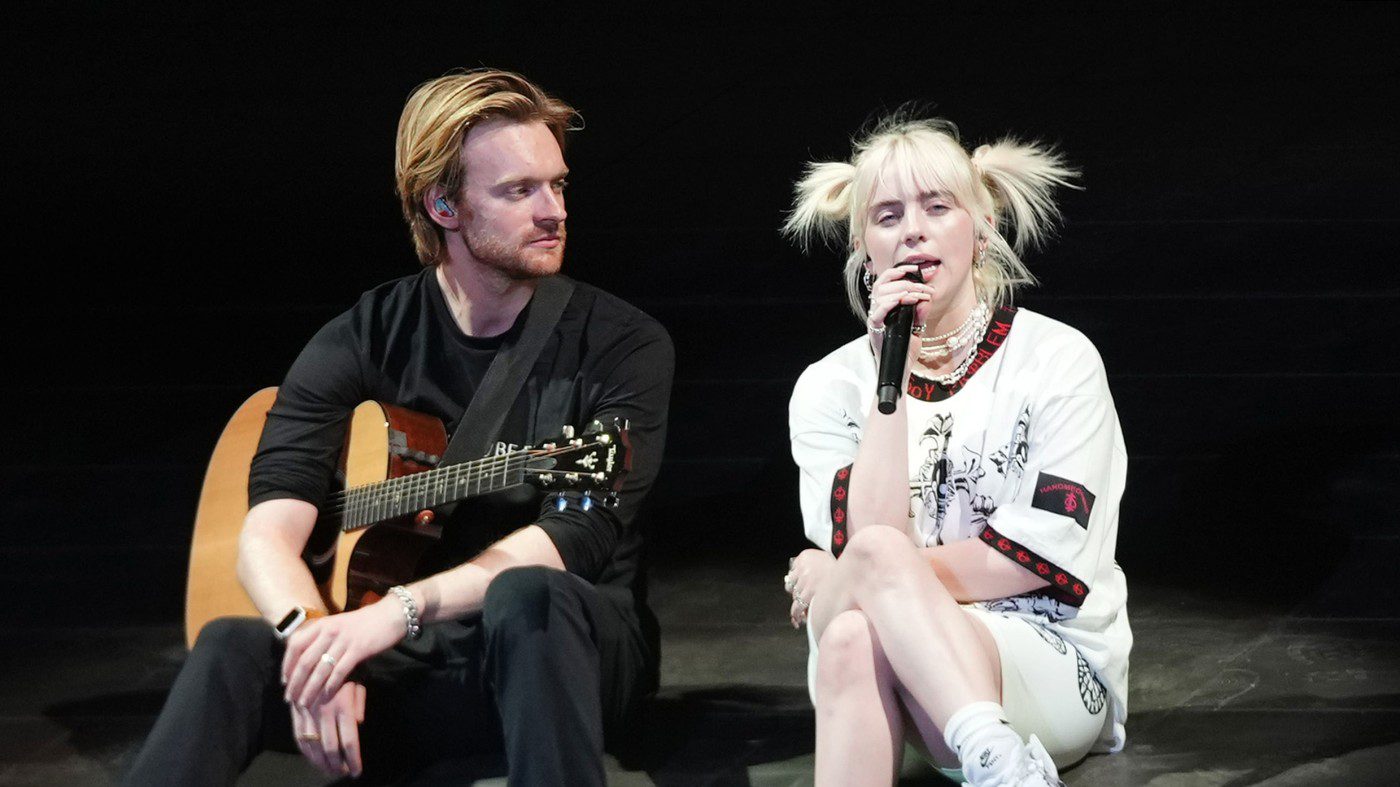
Because of the pandemic, a Music Director’s role and responsibilities have significantly changed. Artists are producing a lot more film content, such as documentaries. Adapting songs written during lockdowns for upcoming tours is a challenge; as Aron explains, “We’re gearing up to perform songs that have never been played live.”
From studio to stage
Aron describes Billie and her brother Finneas as “the modern band.” They write music together, and because of technology, they can write music anywhere, including Finneas’ bedroom. Working in the comfort of home and in pandemic isolation, he says, “Anything’s a possibility.” The sister/brother duo self-produced Billie’s debut album When We All Fall Asleep, Where Do We Go?, which yielded seven chart-topping singles and went platinum in eighteen countries. The album was written on an iMac using Logic Pro.
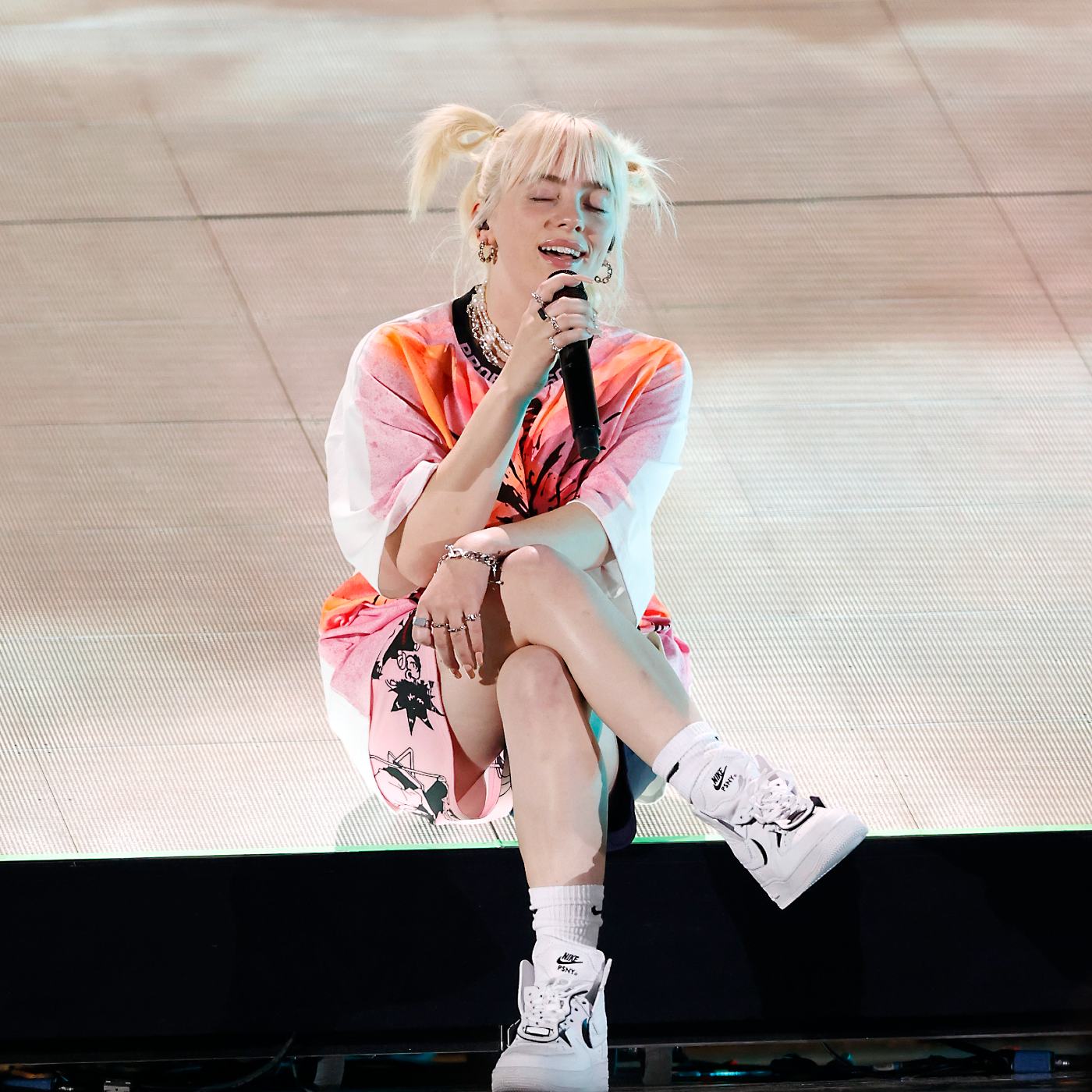
“Because we’re using Logic and Main Stage, we’re taking the exact same channel strips that Finneas is using on the record,” Aron says, “so he gets to play the exact same thing live that’s on the album. The flexibility and options are just wild.”
Main Stage is a live performance-optimized version of the Logic Pro engine. It’s available for purchase in the Mac App Store for just $29.99, but don’t let the low price fool you. Main Stage is a professional suite of tools and instruments. With Main Stage, Aron says, “We can have ten patch changes during a single song and nail them every time.”
Trevor Jackson describes this workflow as being a little bit backwards to the norms in the industry. “Billie and Finneas are both so young, they came up in a world where you can do it all on a computer.” By contrast, Trevor says he “came from an all-analog world.” The influence of technology on the concert industry is apparent in that many modern artists have never hired additional musicians or backing bands for live renditions. Their crews increasingly rely on solutions such as Fractal Axe-FX and Kemper Profiler to deliver guitar rigs live.
In many ways, working with virtual instruments has some advantages over using the analog gear they’re mimicking. “It’s not the real thing,” Aron says, “but they get closer. It’s such a reliable system, and the flexibility means we can pull off so much more.” For example, analog hardware such as amplifiers, pedals, and keyboards are prone to damage with regular use, which requires troubleshooting.
“Finneas will play piano, synths, bass guitar, even drum pads… all on the same song,” Trevor notes. “Within his one station, he’ll cover what would normally be ten musician parts. So, it’s my job to make that as seamless as possible.” The crew relies on 16” MacBook Pro-based workstations for live instrument processing, mix, and more.
The World’s A Little Blurry
Aron worked behind the scenes on the Apple TV+-produced documentary The World’s A Little Blurry, which he describes as a unique opportunity brought on by pandemic lockdowns. “I mix all of Billie’s live performances. There’s a very small group of people who actually touch the music. That’s our form of quality control. And I was brought in to mix all the songs in the documentary,” he explains.
“We filmed on the stages at Sony,” Aron continues, “and we produced 27 live performances. It was a cool experience.” But with that project came the new challenges of sorting through massive files from “years of multitrack sessions all recorded at 96khz.”
Aron notes that with the constant arrival of new cuts of the documentary, a lot of storage was required to keep sessions flowing. The crew relied on OWC’s Thunderbay Mini to manage the storage needs of the project and to keep up with the read and write speeds. “I was terrified. There was hardly enough time to Carbon Copy clone the drives, just keeping all the backups ready for the just-in-case. You can never have too many backups!”
“We’re using Thunderbays and SoftRAID. We record every performance at 96khz so we need a lot of hard drives,” adds Trevor. “Reliability is huge for us. If we’re on tour overseas and we have to bring in a piece of gear into the workflow, it has to just work. There’s no time for troubleshooting… It’s not like you can use Airdrop for what we do.”
The OWC connection
When asked how Aron became familiar with OWC he references his start in the music industry during his undergraduate days. “I always knew them as this incredible resource. Taking apart my MacBook and putting in a new hard drive.”
Not only is technology and gear a driving force in the music industry but support to match the service. “To have a company to be able to call, it’s a big deal. Having a relationship is everything.” Noting that, the personal service and support from OWC goes a long way to ensure the workflow on stage is sound.
“And the docks” says Trevor, “everybody who walks in the room says: “can we get more of those?” because they’re amazing. They have so many connection options… It’s made everything a lot easier.” Aron adds “I can have my audio interface, all my keyboards, all hooked up all the time.” As for the OWC Elektron, Trevor shares, “the durability of these drives are amazing. A lot is happening backstage, coffee or water might spill and they’re sturdy.”
From the garage to the Billboard charts
Reflecting on the early days of Billie Eilish’s career, Aron notes that he met Billie’s family through a mutual friend of Billie’s mother, Maggie. Even before Billie and Finneas performed live for the first time, Aron was invited to see what the then-teenagers were working on. “I got to see it all from ground zero. They invited me to their garage and played some songs. Then it was a tour, and another tour, and now it’s stadiums. It’s crazy!”
Even with the rise to rock superstardom, the tight-knit relationships of Billie, Finneas, and their mother Maggie remain at the core of the music. Collectively, the group uses its platform and touring for positive change and activism. “This is one of the greenest tours that exist,” Aron said. “I mean, I have my own silverware! Touring can be very wasteful. For Billie, the environment is the number one priority.”
Billie Eilish is currently touring across North America, and her documentary The World’s a Little Blurry is streaming now on Apple TV+.
